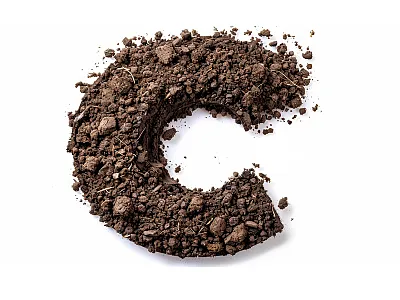New Perspectives on the Development, Conservation, and Exchange of Crop Plant Seed

Heirloom seeds. Natural diversity. Native seeds. Plant communities. OPVs. Hybrid selections. Organic seed. Hybrid variety. Renaturing. Non‐GMO Project verified. Heirloom flower gardens. Native variants. Food sovereignty. Seed library. Seed savers. Adapted native plant seed. Non‐native species. Restoration. Repatriating. Indigenous seed savers.
Following the growing of cultivars characterized by one or more traits arising from genetic modification (GM) came a plethora of vocabulary distinguishing alternatives to the purchase of GM seed. Some of these descriptors are cited above and are used to represent alternatives to the products of private agricultural research organizations. Secondly, awareness of, and interest in, alternative seed providers has also increased due to the consolidation of research and variety production in the agribusiness sector. Finally, concern over the prohibition of self‐saved seed, as applied to patented material arising from commercial research, causes many growers to purchase seed devoid of such warnings.
Evidence of this growth and interest in providing seed outside of patents and variety protection applied by commercial ag research can be seen in the escalation of seed networks and publications reaching broad attention over the past 10 years. Examples of such enterprise include a National Academy Report on securing native seed supplies; independent seed banks being kept by groups such as Seed Savers; initiation of the Wild Seed Project; construction of a Global Seed Bank Index for heightening awareness of the growing numbers of native seed banks; and the inauguration in 2017 of the International Union for Conservation of Nature Seed Conservation Specialist Group and its “Seed Conservation Directory of Expertise.”
These are but a few examples of the publications and actions taken primarily as a counter‐response to the consolidation of the seed/agribusiness sectors and the perceived loss of genetic diversity triggered by such consolidation. Thus, the system to which we were accustomed, consisting primarily of public and private plant‐breeding organizations, is now augmented to include independent seed husbandry concerns. These newer seed producers can provide cultivars for farming, aid in ecosystem restoration, help with rewilding, and eventually support biodiversity conservation efforts within the National Park System.
To Save a Seed Symposium
A symposium has been planned for this year’s Annual Meeting on Wednesday, November 1 from 8:10 to 10:15 am, titled, “To Save a Seed—New Proponents for an Ancient Practice” (https://bit.ly/47YtANu). It will enhance participant understanding of these various seed‐producing and conserving concerns by clarifying the roles of seed exchanges, international networks, and implications of related strategic reports. Speakers and organizations have been chosen to make this two‐hour session as representative as possible. The symposium begins, therefore, with a presentation from Michael Washburn on the workings of the Seed Savors Exchange. Michael will explain how they work with numerous growers to maintain genetic diversity among their open‐pollinated crops.
Maintaining diversity will be echoed in the second presentation by Krista Isaacs who will speak on agrobiodiversity in smallholder seed systems. This is followed by Stanford Young who will outline the implications of the recent National Academy Report, Securing Native Seed for Landscape Ecological Restoration. Two individuals will then discuss seed banking. The first is Meg Engelhardt, speaking from the perspective of the Missouri Botanical Garden on conserving imperiled native species, and the second, Christina Walters, will talk about gene banking challenges facing the USDA plant germplasm collections.
Representing the private for‐profits sector will be Mark Wessel, from Gardens Alive!, which is part of Gurneys Seed and Nursery and has been a trusted seed provider for more than 130 years. The talk will focus on selecting out new seed lines with traits important to their company’s customers, which also include some open‐pollinated varieties developed by the seed company. This will be an especially important talk in light of recent reports of further consolidation in the seed industry.
Implications from this session will also be shared with other seed concerns, such as Seeds of Success, managed through the Bureau of Land Management, the American Seed Trade Association, the California Plant Rescue Initiative, USDA‐ARS, Indigenous SeedKeepers, and the international centers participating in the CGIAR Genebank Platform, providing up‐to‐date accounts of accessions and exchanges held by these global centers.
The symposium originated with CSSA Division C‐8 (Plant Genetic Resources) and is co‐sponsored by Divisions C‐4 (Seed Physiology, Production, & Technology) and C‐1 (Crop Breeding and Genetics). We look forward to you joining us in St. Louis.
Text © . The authors. CC BY-NC-ND 4.0. Except where otherwise noted, images are subject to copyright. Any reuse without express permission from the copyright owner is prohibited.












